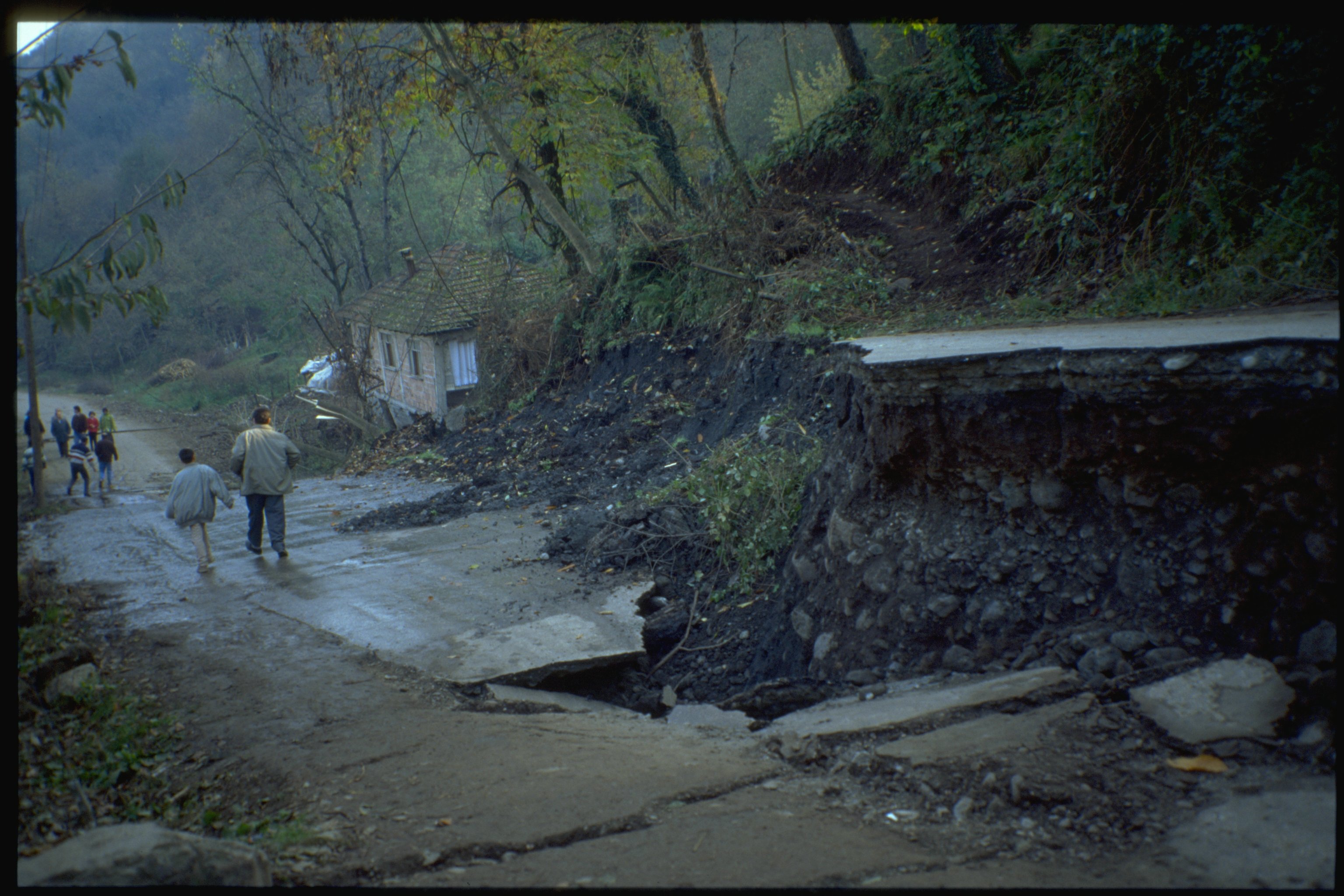All Categories
Featured
Table of Contents
Geophysics in Landsdale Australia 2023

Other possible geophysicist majors that aren't geophysics or geoscience consist of: Climatic sciences and meteorology Chemical and physical oceanography Earth science Environmental science Hydrology and water resources science Products science By making any geophysicist degree, and by taking the needed geology courses, you should receive an entry-level position as a geoscientist or geophysicist.
Ultimately, trainees must learn: a branch of geology that looks at the different elements of minerals, including chemical composition, internal crystal structure, and physical homes. the study of rocks and the procedures and conditions that form and transform them gradually. There are a couple of neighborhoods in this branch of geology, consisting of igneous, metamorphic, and sedimentary rocks.

This field takes a look at structural rock functions such as cleavage, faults, joints, and small folds. They need to also discover the computer skills needed to: analyze information create digital models and maps run geoscientists' software Students need to also benefit from all chances to gain real-world experience. Ambitious geophysicists should expect to hang around knowing: in the class in the field in laboratories Undoubtedly, abilities taught in the classroom are extremely crucial for aiming geophysicists.
Geophysicist Bob Embley: Ocean Exploration Careers in Parkwood Australia 2020
Geoscientists spend a lot of their time outside when working in the field, so they should have "outdoor skills" like outdoor camping and running boats, airplane, and other lorries. Since they invest so much time in remote places, it's important that geophysicists also have the physical endurance to carry necessary equipment on their walkings to places of research study.
The job offers: a high typical and top earnings a high rate of personal satisfaction among geophysicists low work stress favorable job outlook More information on profits capacity and task outlook is detailed below. For students seeking to land an entry-level function as a geoscientist or geophysicist, it takes four years, or the time required to complete a bachelor's degree in geophysics or an associated discipline.
Some research study positions in geophysics require doctoral degrees. If you prepare to teach at a college or university, you must earn a Ph. D. in geophysics or a related field. The time it takes to earn a Ph. D. varies by institution and program, however it typically takes 4 to six years beyond the bachelor's degree.
Geoscience, Geophysics Option, in Peppermint Grove Western Australia 2023
In reality, most employers require prospects to have a bachelor's degree in geophysics or a carefully related discipline for all entry-level positions. And, in many cases, companies require a master's degree. As a result, there's no other way around the degree requirements for becoming a geophysicist. Most companies will anticipate or require a practicing geologist to be certified for positions beyond those at the entry level.
Presently, 31 states need licensing for geologists, although licensing is not constantly needed, especially for entry-level work. The states that do concern licenses use the Fundamentals of Geology Examination (FGE), which is administered through the National Association of State Boards of Geology (ASBOG). Now that you understand which degree for geophysicist jobs you need, you'll require to land a job, and it is very important to discover just how much money you can make in this profession.
According to BLS, the average yearly wage for geoscientists is $93,580. According to BLS, certain markets offer higher incomes for geoscientists, and in some cases, they offer higher-than-average earnings.
Introducing Geophysical Surveying in Bicton Oz 2022
Mining, quarrying, and oil and gas extraction uses over $32,000 more every year than the average yearly wage for this occupation. The federal government, too, offers over $10,000 more in revenues than the nationwide average for geoscientists. In addition to market type, geographic area can greatly affect revenues for this occupation.

The top-paying states and their annual mean salaries, according to the BLS, consist of: Texas $166,720 Oklahoma $149,630 Pennsylvania $120,590 Hawaii $120,130 Colorado $107,260 These 5 top-paying states use much higher wages than the average for this occupation. In reality, earnings for geoscientists in Texas are over $73,000 higher than the national average.
It should come as no surprise that most of these high-paying locations are in Texas and Oklahoma, however some are found in California, Louisiana, and Colorado. The top 10 highest-paying metro areas for geoscientists are: Houston-The Woodlands-Sugar Land, Texas: $188,400 Tulsa, Oklahoma: $186,490 Midland, Texas: $167,040 Odessa, Texas: $147,080 Oklahoma City, Oklahoma: $145,350 Bakersfield, California: $130,080 Urban Honolulu, Hawaii: $124,470 New Orleans-Metairie, Louisiana: $121,030 Washington-Arlington-Alexandria, DC, VA, MD, WV: $120,180 Denver-Aurora-Lakewood, Colorado: $116,910 For some geoscientists and geophysicists, residing in a metro city is not as enticing as residing in a smaller community.
Table of Contents
Latest Posts
How To Become A Geophysicist in Pickering Brook Aus 2023
What Does A Geophysicist Do? Role & Responsibilities in Wembley Downs Western Australia 2023
Geophysical Surveys As Landscape Archaeology in Shelley WA 2021
More
Latest Posts
How To Become A Geophysicist in Pickering Brook Aus 2023
What Does A Geophysicist Do? Role & Responsibilities in Wembley Downs Western Australia 2023
Geophysical Surveys As Landscape Archaeology in Shelley WA 2021